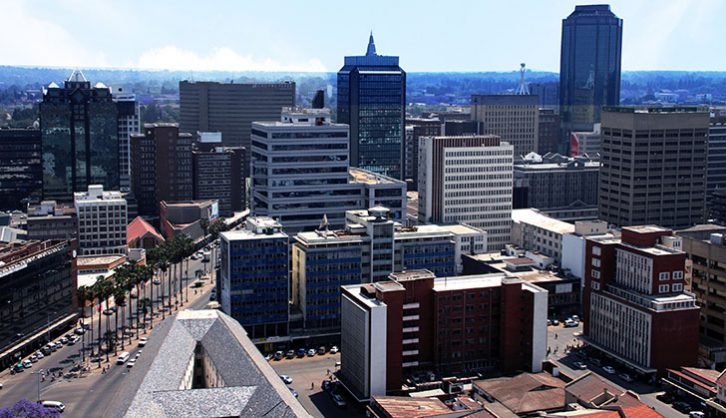Harare, the capital city of Zimbabwe, is at a critical juncture requiring significant revitalisation, especially in its central business district (CBD). The cityscape, marred by dilapidated buildings both privately and council-owned demands urgent architectural and aesthetic enhancements. Options like cladding, solar shading, and other modern interventions are necessary to bring these structures into the 21st century. Moreover, the interiors of these buildings need a detailed analysis regarding layout and design to ensure they meet contemporary standards.
The recent collapse of a building in the CBD highlights the dire need for proper management and maintenance. Implementing rigorous facilities management and conducting thorough surveys by qualified engineers are essential steps to assess and ensure the structural integrity of aging buildings. The City of Harare must enforce these measures and hold landlords accountable, with the authority to cease building operations until safety standards are met.
Despite the overarching challenges, there are glimmers of hope. Certain blocks within the CBD, thanks to private sector initiatives, have seen successful redevelopment, showcasing the potential for Harare to align with first-class international cities. These areas thrive as residential and commercial hubs, offering safe and vibrant environments for the public.
However, broader issues persist, such as deteriorating services, frequent fires, water shortages, and poor road infrastructure, which contribute to the perception of the CBD as neglected and unsafe. Managing the chaos of vehicular and pedestrian traffic is crucial. This includes installing modern street lighting and traffic systems, repairing pedestrian pathways, and ensuring regular maintenance through mechanised road sweepers instead of outdated manual methods.
The city council’s apparent reluctance and inefficiency in managing funds and bureaucratic hurdles only add to the urban decay. With Zimbabwe aspiring to reach middle-income status by 2025, the current state of Harare is a setback. While some road improvements are underway, the efforts feel inadequate.
To breathe new life into the city, the private sector should take a more active role in urban improvements, such as repairing pavements, filling potholes, and enhancing the streets with furniture, art, and landscaping while ensuring round-the-clock security. It’s time for a comprehensive and sustained effort to restore Harare’s vitality and image, leveraging both public and private resources for a safer, cleaner, and more attractive city environment.










